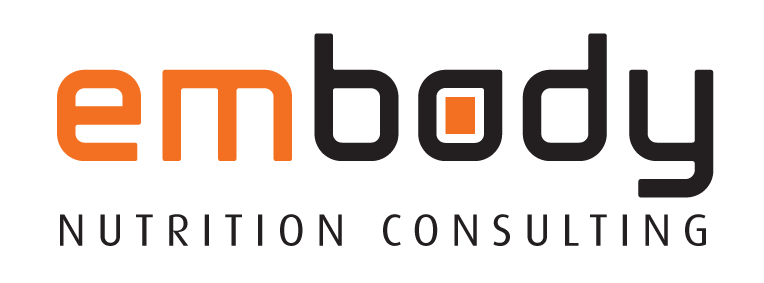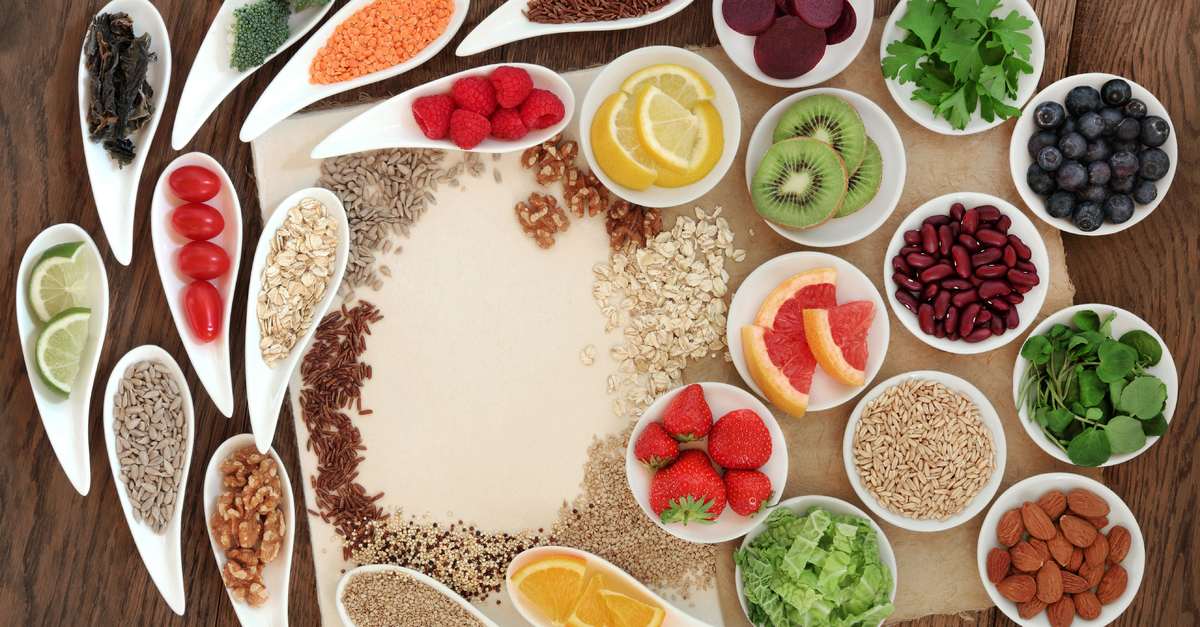While fibre may be the least trendy topic floating around in the nutrition world, it is something I find myself educating my clients about all the time. Not only is fibre essential for good health and optimal body function, it has been shown to have a powerful effect on weight management.
Fibre is classified as either soluble or insoluble, depending on whether or not they dissolve in liquids. The soluble fibre (which does dissolve) is the one that has been shown to be particularly effective in reducing inflammation in the body and also reducing appetite.
While most foods high in soluble fibre will help you to feel more full, only ones with paticular properties have been shown to actually reduce food intake. These viscous soluble fibres include pectins, β-glucans, psyllium, glucomannan and guar gum and rich sources can be found in beans (legumes), flax seeds, asparagus, brussel sprouts and oats.
Most high fibre foods offer a huge variety of nutrients that are also beneficial for health and wellbeing. Aim to include 25-30g of fibre in your diet every day but remember to increase this slowly if you don’t include much already. If you are not sure how much you are consuming, there are plenty of ‘fibre tracker’ apps that can let you know. One I have used is the Kellogs All Bran app.

